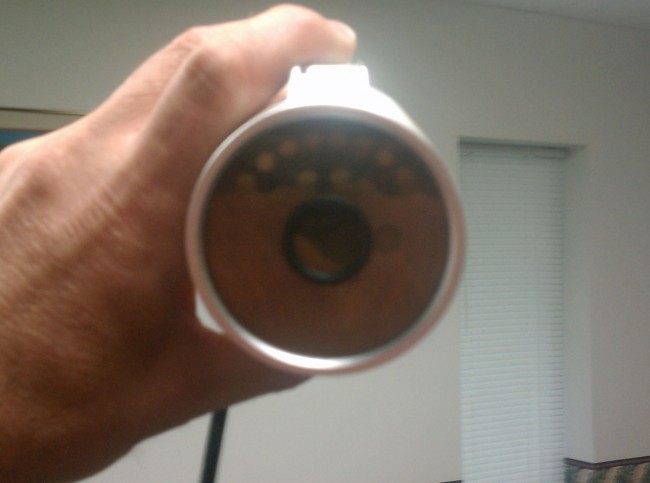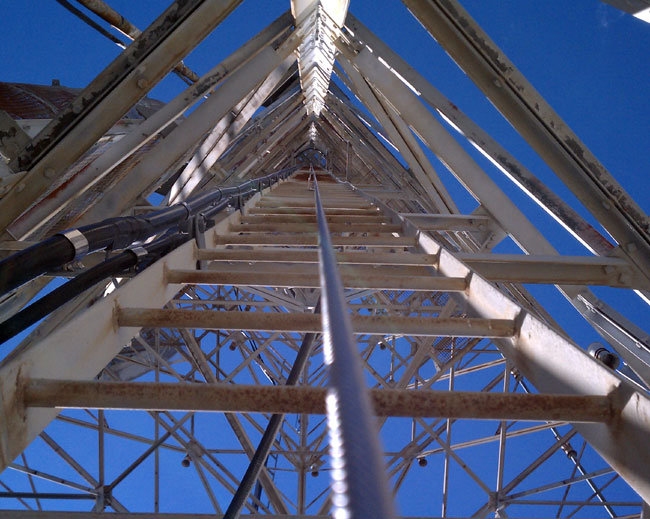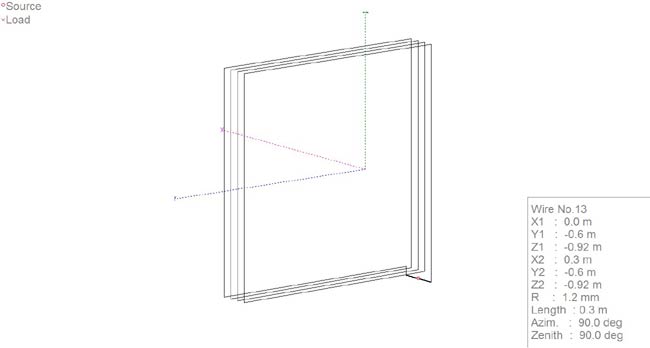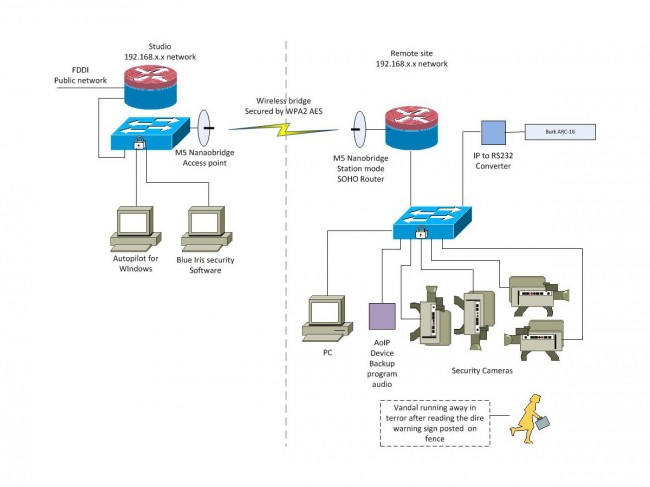We purchased four of these inexpensive Loftek IP cameras; one has, apparently sprung a leak:

These are supposed to be fully weatherproof outdoor cameras. They have a one-year warranty from the manufacturer, so this should be an easy replacement under warranty. Still, it involves climbing up on the roof to retrieve, then sending the defective unit back to the manufacturer, etc. All the while, we are down one camera.
I guess this is what can be expected from an inexpensive camera. The units that are still online are working great.






Find and seal the hole before you send it back so they too can see the water inside.
Actually, if it’s still working, it may not be an issue. Taken one way, they didn’t say it would be hermetically sealed, just weatherproof, i.e. it would work in all sorts of weather conditions, and just because it has a little bit of water in it and the images are distorted due to refraction they may return it as-is and wait for it to fail.
Never underestimate the possibility that something stupid can happen.
Bob, it has failed completely, so there should be no arguments there. You are right, however, stupid can break out at anytime.
I have used cameras on ham radio towers for many years. Despite claims of being “waterproof” the relative low cost ones never have been. I received a tip from another ham who also had cameras. To avoid condensation (which will destroy the PC board turning it “white..”) and water ingress, just drill a small hole (1/8th inch)in the bottom of the camera (usually in front behind the glass). This weep hole will allow the camera to breathe, avoiding condensation and any water that may find its way inside.
In addition to the drain hole, I’m thinking that maybe putting a low value resistor across the B+ to ground pulling maybe 10-15 ma might create some internal heat to keep the inside dry.
I’m sure the camera doesn’t pull much current.
I used to do this with vintage condenser mikes to reduce humidity at the capsule on long record dates. The response would change with many hours of recording.
Thanks for info on the capture software.